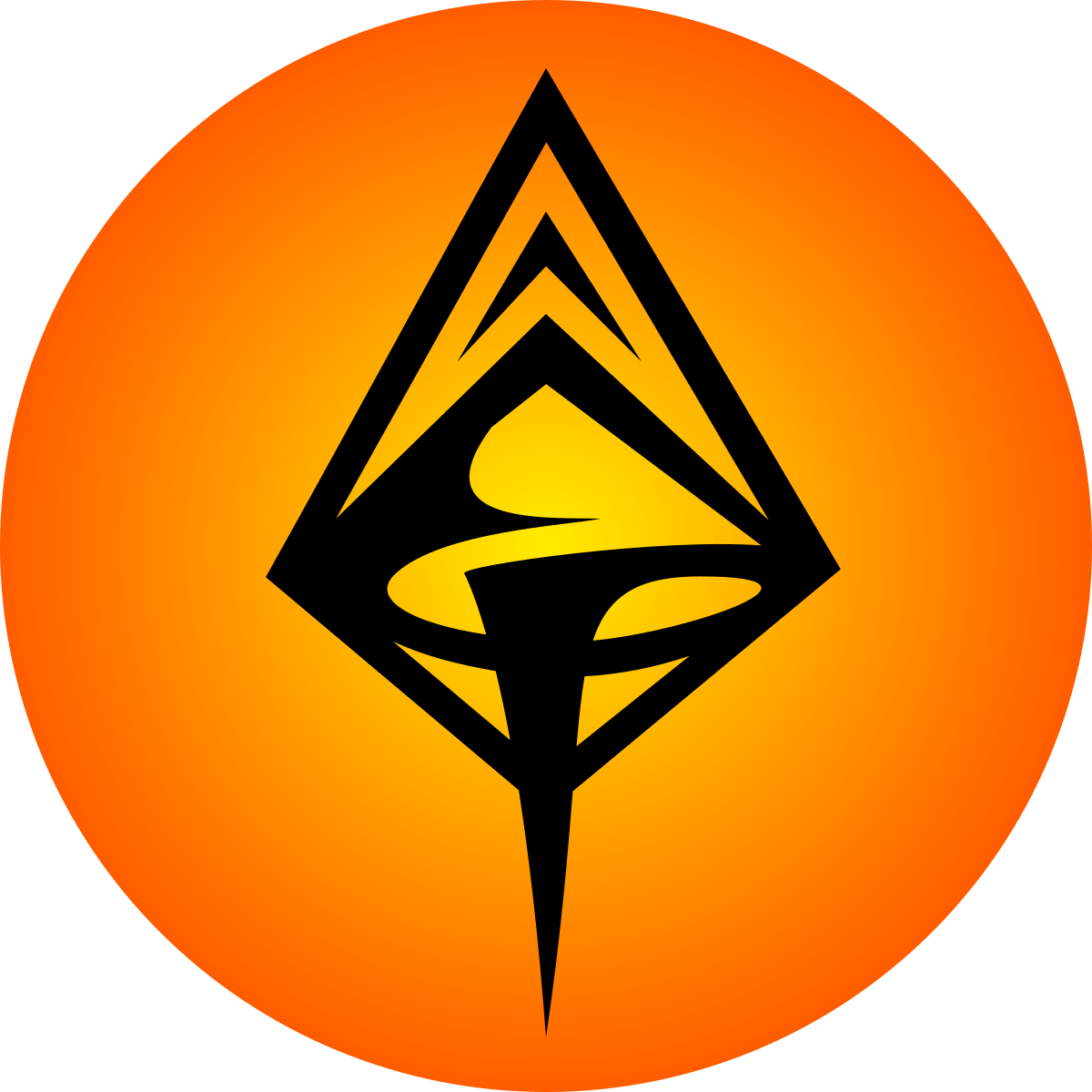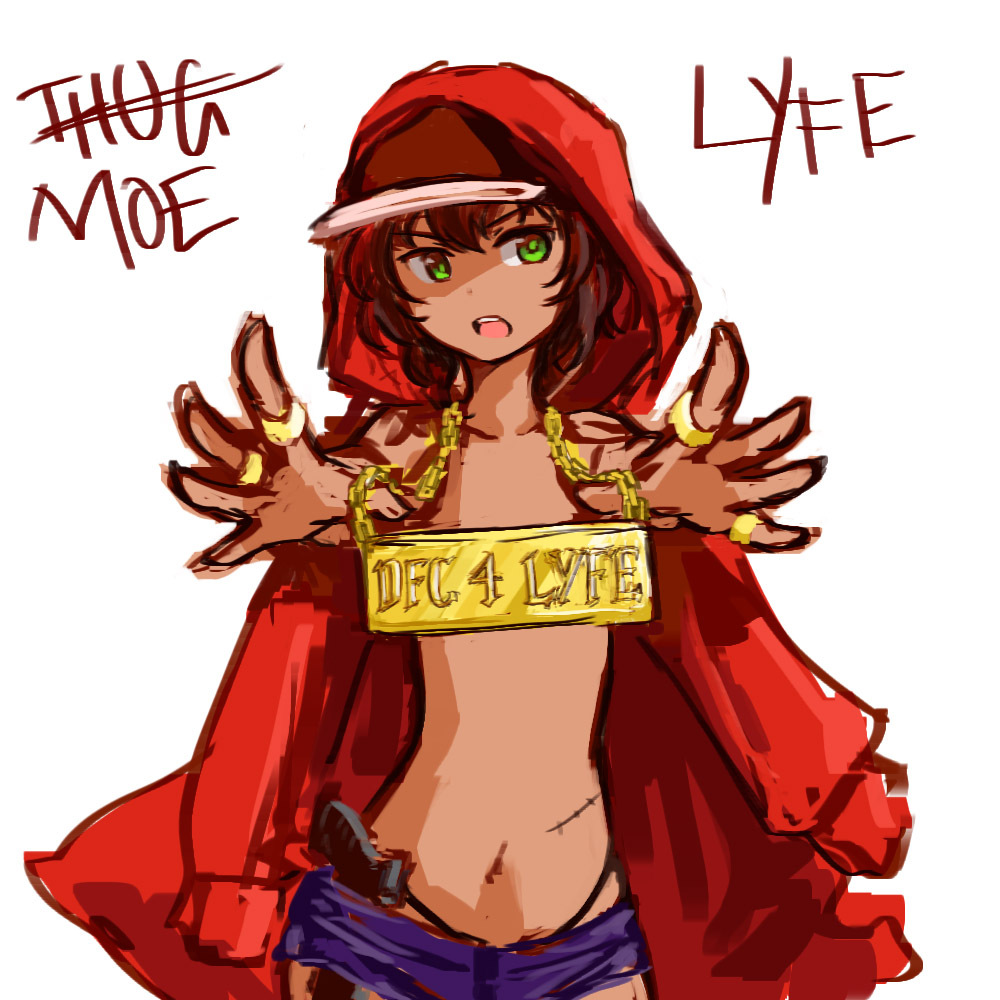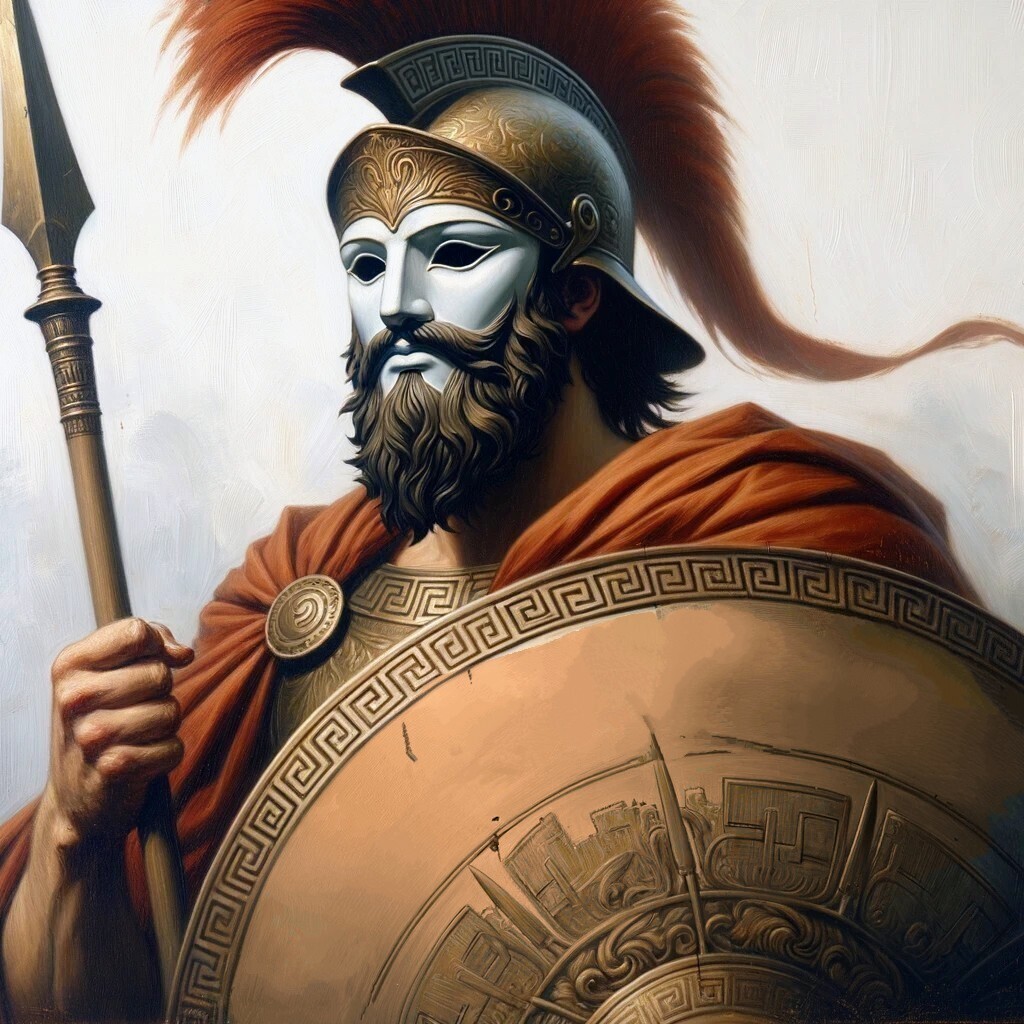Or, instead of twisting 5e into a different TTRPG, just play a different one better suited to your goals for the game
It’s more that this game doesn’t have enough content and variety. But it’s popular, it’s the zeitgeist, so it’s what you can get your players to play.
Most homebrew isn’t changing core rules. Just adding more variety. As long as the dragon race template runs in 5e rules, no problem. Balance will be harder be it’s not like core 5e is balanced anyways.
Precisely. 5e’s greatest strength is its’ simplicity. A player who’s never touched a TTRPG before will have a much easier time picking up 5e than a more niche system (although PF2e is definitely not bad on that front, 5e is just super simple and even has resources for absolute beginners)
But that simplicity is also 5e’s greatest weakness. Once you’re beyond the starting phase and understand how to play, then you realize how much stuff 5e is missing, you start noticing how some of the rules are oversimplified and unclear, and you REALLY notice how the game starts to get dysfunctional at levels 13 and above due to Quadratic Wizard and the fact that AC doesn’t keep up with hitrate.
But 5e at its’ core is a simple, robust system that’s dead easy to homebrew for. So covering that weakness (and being able to keep finding players for your games) is entirely within the realm of possibility. And hey, unlike trying to mod an actual game, if you decide that at all costs you want to play an Actual Dragon? Fuck it, we Homebrew.
5e’s greatest strength is its’ simplicity. A player who’s never touched a TTRPG before will have a much easier time picking up 5e than a more niche system (although PF2e is definitely not bad on that front, 5e is just super simple and even has resources for absolute beginners)
I don’t know what other games you’ve been playing, but while 5e is simple compared to other D&D editions and other big long-running systems, it’s significantly more complex and harder to pick up and start playing than the vast majority of indie TTRPGs, many of which have rulebooks with under 30 pages.
Hard agree. I’ve played exclusively with one group, and we’ve only ever played with Into the Odd-style combat. It’s been plenty expressive for us.
Now that’s straight up not true. 5e is a lot of things (unfinished, unclear, underhanded) but it isn’t simple. And thanks to it’s inconsistency it’s a nightmare to make good, reliable content for. There are many, many, many better systems to start a new player on and it’s quite possibly one of if the worst to start a DM on.
It has some pretty good stuff for beginner players. Early 5e stuff is some hot garbage (Tyranny of Dragons isn’t even a dragon-focused adventure, for fuck’s sake. And don’t even talk about Descent into Avernus and Curse of Strahd.), but more recent stuff like Dragons of Stormwreck Isle is actually pretty well-made, decently written with interesting character templates, and comes with some solid resources for walking beginners through how to play.
It probably skews my opinion that the only pf2e adventure I’ve tried to play was Strength of Thousands, which was just… Unfathomably low-stakes and dry. The system really excites me for all the balance improvements and much tighter mechanics, but if there’s one thing that really just kills a group dead in a matter of two or three sessions, it’s being boring. For all its’ flaws, 5e adventures, homebrew or premade, are not boring.
I’m just gone give you a quick run down of the simplest ttrpg i play; Chronicles of darkness.
Every single roll uses the same type of dice and the numbers you need to hit are almost universally the same. Every skill, ability, power, or what-have-you uses the same simple system (with only two ways to resist/contest roles). All characters (including NPCs and monsters) are created in roughly the same way with roughly the same rules (with certain stuff added on depending on what you’re making). The book has an entire section on homebrew, with guidelines and examples. Every book has advice on playing ttrpgs broadly (like setting up what’s off limits from the start) and specifically Chronicles (like offering sources of inspiration). Speaking of books, there are plenty of them but you only need a single book to play a full game. The game also uses a major cheat code for the setting; it’s set in the modern world, so new players have an easy time understanding what’s going on.
I say all of that to say 5e is all together bad for new players. It’s price gouging, it’s convoluted, and isn’t actively friendly to new players like other systems.
I will say that I think 5e is better at tactical combat and I think has a more popular genre, but other than that, I’m glad to see someone else with the church of Chronicles of Darkness.
I actually prefer world, like, by a massive margin, but Chronicles is by far the best game to recommend newbies imo (that I’ve had extensive time with).
I can agree that most of Paizo’s adventure paths can be lackluster. I highly prefer PF2e to 5e, but my favorite adventure paths are the 3 part ones, Stolen Fates, Quest for the Sky King’s Tomb, the 6 part ones definitely feel like they’re stretching a plot to reach 6 parts and should have broken it into separate stories or fewer books.
My experience with 5E hasn’t been that it’s all that simple, though. Bounded accuracy and advantage/disadvantage are great intro mechanics, of course, since they cut down on math at the table, but the number of poorly integrated subsystems, and rules with unaddressed edge cases just leaves things confusing, unpredictable, and unsatisfying far too frequently.
Lack of text to read isn’t the same thing as simplicity.
Exactly. The one major issue with homebrew for me are magic items. The game doesn’t define their power level much and it’s very difficult to understand how to create them at a balanced rate.
https://docs.google.com/document/d/15je74qMiYxSEnF43zp2UkEoSk3LqRymMbxruPVGQ-i4/edit?usp=sharing
I’ve got you. So there are two things you need to understand.
-
Official magic items are probably THE worst balanced and designed thing in 5e. It’s like WotC didn’t really want them to be part of the game and REALLY didn’t want you to be able to craft them. Official item balancing is complete trash and should be wholly ignored, including rarity tags. (Case in point: Ring of Warmth [Uncommon] is a directly better Ring of Cold Resistance [Rare], Flametongue is Rare while Frostbrand is Very Rare, Ioun Stones suck major dick, etc)
-
The most important thing for pricing your magic items is to ask how much a plain +1, +2, and +3 weapon costs. Those are very basic items with clearly defined power levels, and you can determine the value of other items by comparing them to those basic weapons. In my games, a +1 weapon is 500gp, a +2 weapon is 6,000gp, and a +3 weapon is 80,000gp. That means that not only can I give all my other items fair prices, but if I compare my pricing to say, OneDnD where a +1 weapon costs 800gp, then that means I know that to maintain intended balance for a OneDnD adventure I should increase all prices by 60% (One of my friends runs the OneDnD prices for their low magic world, so this trick can be really helpful).
Anyways that document there has about 200 items that I’ve been making whenever I’m bored, so feel free to look around and steal some stuff.
Thanks! I love finding stuff like this where people create items and price then. I’ll make great use of it. My favorite thing at a first glance:
Pigeon: 10gp
I also use this sheet someone made for official item prices that seem the most consistent to get a feel.
Not a bad list. It definitely operates on a different train of thought to mine (and mine was admittedly influenced by the bad advice regarding these items’ prices in the DMG)
My principle form the DMG was that Uncommon items cost between 100 and 1,000, Rare items are between 1,000 and 10,000, and so forth.
My secondary philosophy is that every extra effect on an item costs exponentially more than the last. Mostly to prevent people from making uberweapons on the cheap.
In any case, feel free to reshuffle my prices.
-
5e’s greatest strength is its’ simplicity.
Lol no. That is the last thing 5e has going for it.
D&D has traumatized a whole generation of table top players into thinking it’s easier to stay with it than change to any other system that takes a session to pick up to a level that d&d takes months to. It’s an abusive relationship.
Exactly how I feel. I want 5e with some additional content. Kinda like pathfinder 1 could be run like 3,7. I want 5,2e.
It should still feel like 5e and play like 5e. But small fixes and varieties that improve barren areas.
That’s a good alternative, but sometimes the issue with picking a different game that is suited for that one thing is that you want your game to do more than one thing.
Every other time I pull a PbtA game I end up banging against the walls of the genre and walking into the barren uncodified void of “I dunno, I guess you just do it”.
So fuck it, we Homebrew!
For more complex games like what you’re describing, I’m a big fan of generic systems like Savage Worlds, where it’s intentionally made to potentially handle anything
I’m in the GURPS pipeline now. Dead simple or brain meltingly complex, or anything in between.
GURPS is great too, I just prefer SWADE because it’s easier for a lazy GM like me because of how easy it is to set up encounters and swap setting rules in/out.
Well, it’s also because my campaign is a setting-hopping/genre-changing monstrosity, so I wanted to be able to swap the genre-specific rules quickly and easily. Since SWADE gives you a complete, opinionated system out of the box and the genre stuff is more just extra edges/hindrances/gear and a small handful of setting rules, whereas my impression with GURPS is that you kinda need to complete the ruleset yourself to “build your own game” to fit your setting/campaign, which would (I imagine) make swapping settings lile video game cartridges take a lot more prep.
Ehhh, once it clicks, GURPS boils down to 3d6 ≤ skill level + modifiers. All the “game settings” are just tools to accurately map the character and world concepts into appropriately priced skill levels and modifiers. The more comfortable the GM gets with pricing, the more they can just wing it and go with a modifier that feels right.
You don’t “swap” rules, you use the same rules for everything. All the rulebooks are just guides for keeping modifiers balanced, although the canonical GURPS universe is predominantly a setting-hopping/genre-changing monstrosity so that might be of interest to you.
That does sound fairly cool. I’ll look into the lore.
That said, my group took like 5 months to really get comfortable with SWADE and I personally find that system dead simple.
True, Savage Worlds is a good option for a more flexible game, as well as Fate.
And that’s a major issue with 5e too? 5e is very clearly designed to do one singular thing; dungeon crawl, and I’d argue it doesn’t do it that well either. There are plenty of actual generic ttrpgs out there you can use, like GURPS (literally Generic Universal RolePlay System) or even besm if that’s your thing.
Yes. That was not a defense of D&D, that was a defense of Homebrewing.
its’
That has to be a new one.
You can’t say that and not show your work to the class.
https://docs.google.com/document/d/1eFc2qQTY9P3ym9fyMNYHC_mIogpt9kNrOdm5n_yj1cs/edit?usp=sharing
Here you go. It’s still a work in progress, I’m trying to make something fairly tightly balanced and I want all the classes to be equally powerful (Linear Fighter Quadratic Wizard can suck it as a philosophy for a team game), but as you can imagine fully testing something of this size will take me quite some time.
Hmm, not bad at first glance, although it’s a bold move to have a dragon class that requires a game starting at a level that most campaigns tend to wrap up or burn out at in this edition.
I might use this to make an NPC at some point, I’ll let you know how and if it goes.
deleted by creator
https://docs.google.com/document/d/1eFc2qQTY9P3ym9fyMNYHC_mIogpt9kNrOdm5n_yj1cs/edit?usp=sharing
Most people don’t care, so I try not to force the matter. You asked, here you go. Still playtesting it and doing some rebalancing, but it should be reasonably good to play.
There are probably going to be a couple of overpowered things in there and it operates by throwing a couple of 5e design principles out of the window (For example the whole template is intentionally designed to be very Multi Stat Dependent, so it has a whopping +8 Racial ASI compared to the normal +3.)







